Apple secures a patent for a self-healing display, possibly for a future foldable iPhone
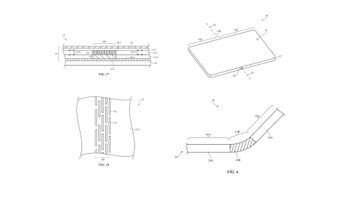
Many people regard foldables as the next frontier in the smartphone world. However, what is often left unacknowledged is that, at least for now, this horizon is reserved solely for the Android side of the market. Nevertheless, this seems likely to change in the foreseeable future.
Apple has reportedly acquired a new patent that points towards a possible upcoming foldable iPhone that could be in the very early stages of development. This information was first brought forward by PatentlyApple in a dedicated article.
The patent showcases that Apple is working on a special self-healing material for the display that could help it recover from scratches and small dents. This means that the Cupertino company is making an effort to address one of the biggest concerns with foldables - namely, their lackluster durability.
At the end of the day, glass will never be able to fold in half, so more novel approaches are required. The problem is that flexible materials, as a rule, are susceptible to scratches, which in turn presents a difficult conundrum.
This should allow the display to retain a maximum degree of flexibility, which will contribute towards rectifying another major pitfall of foldables - the crease. All in all, it is interesting to see which design philosophy will prove more successful in the long run.
The foldable market is currently dominated by Samsung, especially outside of China, which has led to a certain degree of stagnation in terms of design. If Apple does end up entering the fray it is very much possible for foldables to unleash their full potential.
Apple has reportedly acquired a new patent that points towards a possible upcoming foldable iPhone that could be in the very early stages of development. This information was first brought forward by PatentlyApple in a dedicated article.
At the end of the day, glass will never be able to fold in half, so more novel approaches are required. The problem is that flexible materials, as a rule, are susceptible to scratches, which in turn presents a difficult conundrum.
Currently, Samsung is trying to offset the durability problem by making the flexible materials as hard as possible to offset the possibility of accidental scratches occurring. Apple, in contrast, will not work towards making the display scratch-resistant per se, but will instead develop a way of minimizing the effect of scratches after the fact.
This should allow the display to retain a maximum degree of flexibility, which will contribute towards rectifying another major pitfall of foldables - the crease. All in all, it is interesting to see which design philosophy will prove more successful in the long run.
The foldable market is currently dominated by Samsung, especially outside of China, which has led to a certain degree of stagnation in terms of design. If Apple does end up entering the fray it is very much possible for foldables to unleash their full potential.



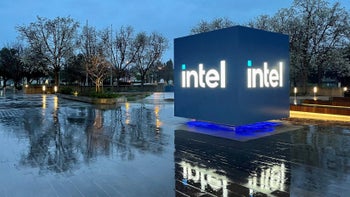
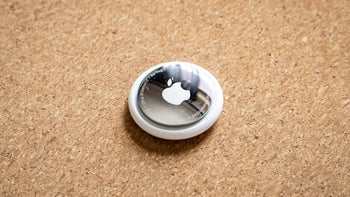

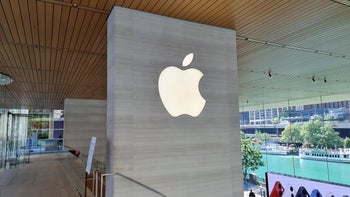
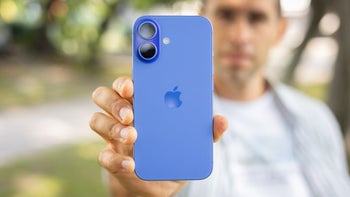




Things that are NOT allowed: